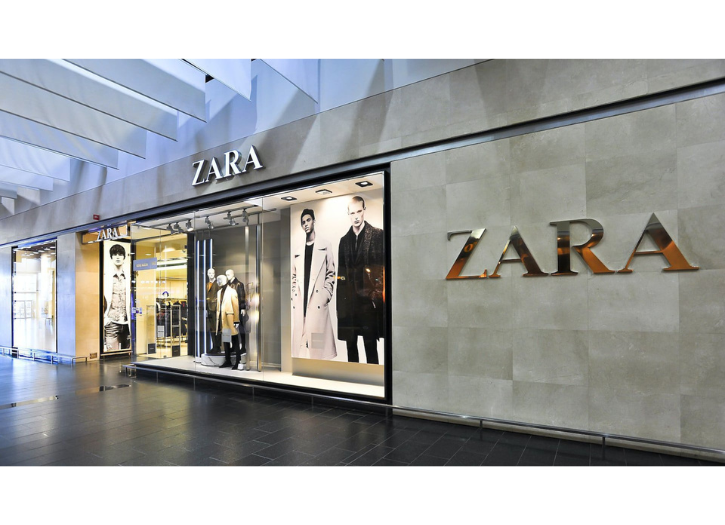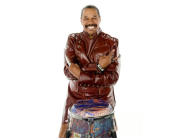Fast fashion is the business model of replicating recent catwalk trends and high-fashion designs, mass-producing them at a low cost, and bringing them to retail.
Zara
The origins of the fast fashion phenomenon involve several key players, rather than a single brand or company. One influential figure in this movement was Amancio Ortega, the founder of Zara. Established in 1963 in Galicia, Spain, Zara gained prominence by offering affordable imitations of high-end fashion trends alongside its original designs. In 1975, Ortega opened the first European retail outlet for his collections, pioneering his short-term production and distribution model.
By the early 1990s, he had expanded to New York, and the New York Times coined the term fast fashion to describe Zara’s business model, highlighting its ability to bring a designer’s idea to store shelves in as soon as 15 days. Fast fashion retailers such as Zara, H&M, Topshop, and, Primark emerged as prominent brands in the high street fashion scene. Initially starting as small stores located across Europe, they were able to quickly gain prominence in the U.S. fashion market by replicating designs from runway shows and fashion houses and quickly reproducing them at a fraction of the cost.
In their 2008 article “Fast Fashion Lessons,” Donald Sull and Stefano Turconi studied how Zara revolutionized the fast fashion industry. They attributed the company’s success to its strategic supply chain and production network where Zara maintained complicated and capital-intensive operations (like computer-guided fabric cutting) in-house, and outsourced more labor-intensive operations, such as garment sewing, to a network of local subcontractors and seamstress operatives based in Galicia.
With shorter lead times, the company was able to respond rapidly to fluctuating demand by swiftly halting production of low-demand items and creating a sense of urgency for consumers to purchase in-demand clothing due to the ever-changing layout and stock of its stores. Items in the store may not be in stock during subsequent visits, prompting consumers to make immediate purchases if they wish to remain on-trend.
H&M
The origin story of H&M, another fast fashion giant, shares common threads with Zara. In 1946, Erling Persson, a Swedish entrepreneur, traveled to New York City, where he was greatly intrigued and impressed by the high-volume fashion production he witnessed. The following year, Persson established a womenswear store called Hennes & Mauritz (or H&M) in Västerås, Sweden. Between 1960 and 1979, the company rapidly expanded, with 42 stores across Europe, and began producing clothing for women, men, and children.
The foundation for expansion into the global market was laid in the 1980s when H&M acquired Rowells, a Swedish mail order company, and used its networks to sell fast fashion by catalog and mail order. In the 1990s, H&M invested in large city billboard advertising, featuring celebrities and supermodels. H&M opened its flagship USA store on Fifth Avenue in New York City in 2000, marking the commencement of its expansion outside of Europe.







Add Comment
You must be logged in to post a comment.